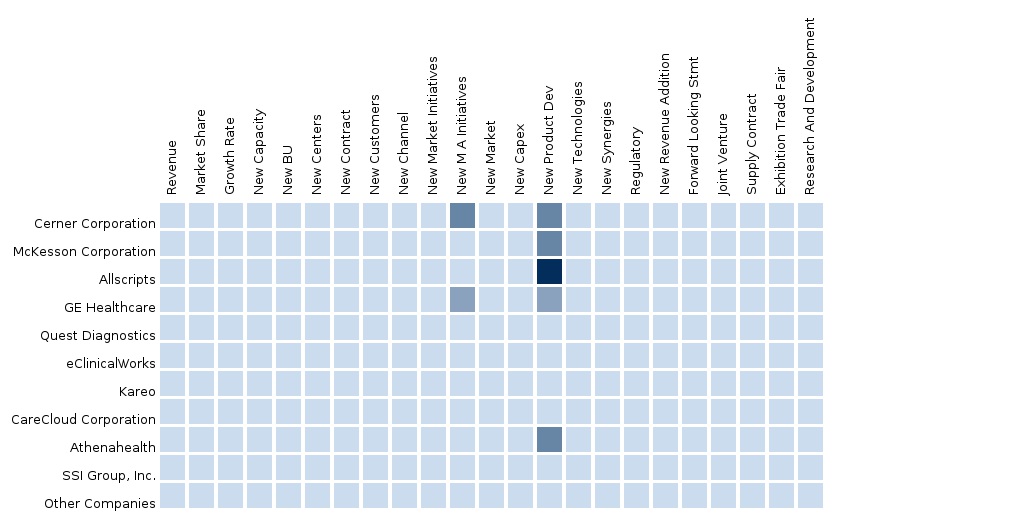Cost accounting refers to a set of activities that include collection and analysis of data that is related to production/service delivery process of an organization. The purpose of these activities is to identify various fixed & variable costs, and notice which costs can be minimized or removed to achieve a better profitability rate.
There are several benefits of a cost accounting system. First of all, a good system minimizes the time and efforts that are usually employed in the cost accounting process. It also brings consistency in the operations and ensures that the information captured is also stored so that it can be referred to in future.
Cost accounting also makes it easier to track the hidden costs that go unrecorded, and thereby unnoticed. Over a period of time, these hidden costs can cause substantial loss to an organization. The system brings into notice these hidden costs and allows the management to take a decision, accordingly.
Cost accounting is different from financial accounting. While the main purpose of financial accounting is to present the financial position of an organization, cost accounting brings the costs involved in the production/service delivery to the management. Results obtained from the former accounting system can be made available to the general public and stakeholders. Results obtained from the latter system, however, are meant for internal use and by specific individuals or departments.
In a healthcare facility, the importance of an efficient cost accounting system cannot be undermined. The healthcare services market needs to be timely and consistent, in which cost accounting plays a significant role. By eliminating the unwanted expenses and processes, healthcare facilities can drastically bring down the healthcare costs.
In the Asian region, the cost accounting system market is witnessing growth on account of improved care quality and clinical outcomes, high returns on investment on the systems implemented in a facility, and an increasing need to integrate the healthcare systems.
This market is segmented on the basis of companies, components, deployments, end-users, and macro indicators.
The Asian cost accounting system market report is based on the information collected through extensive primary and secondary research. Data and facts have been collected and presented in a logical manner to illustrate the current and future trends of this market. The report analyzes the market shares of leading companies and the strategies being implemented by them to enhance their market share and presence. These strategies include mergers & acquisitions, partnerships, new product launches, capacity expansions, investments in R&D, and others.

Please fill in the form below to receive a free copy of the Summary of this Report
Please visit http://www.micromarketmonitor.com/custom-research-services.html to specify your custom Research Requirement
| PRODUCT TITLE | PUBLISHED | |
|---|---|---|
 |
North American Non-Clinical Information System Market North America is the largest market for non-clinical information systems globally, and is expected to grow at a CAGR of 8.1% from 2013 to 2018, to reach a value of $8,905.5 million in 2018. This market is segmented into sub-segments, components, deployments, end users, applications, and geographies. |
Upcoming |
 |
European Non-Clinical Information Systems Market The European non-clinical information systems (NCIS) market has been segmented by types, deployment, components, end users, applications, and geographies. Globally, this is the second-largest NCIS market, and is expected to grow at a CAGR of 6.3% from 2014 to 2019. |
Upcoming |
 |
Asian Non-Clinical Information Systems Market Asia is the fastest-growing market for non-clinical information systems, and was valued at $1,336.4 million in 2013. It is expected to grow at a CAGR of 7.2%, from 2013 to 2018, to reach a value of $1,892.2 million in 2018. This market can be segmented by companies, deployments, components, end users, and macro indicators. |
Upcoming |













